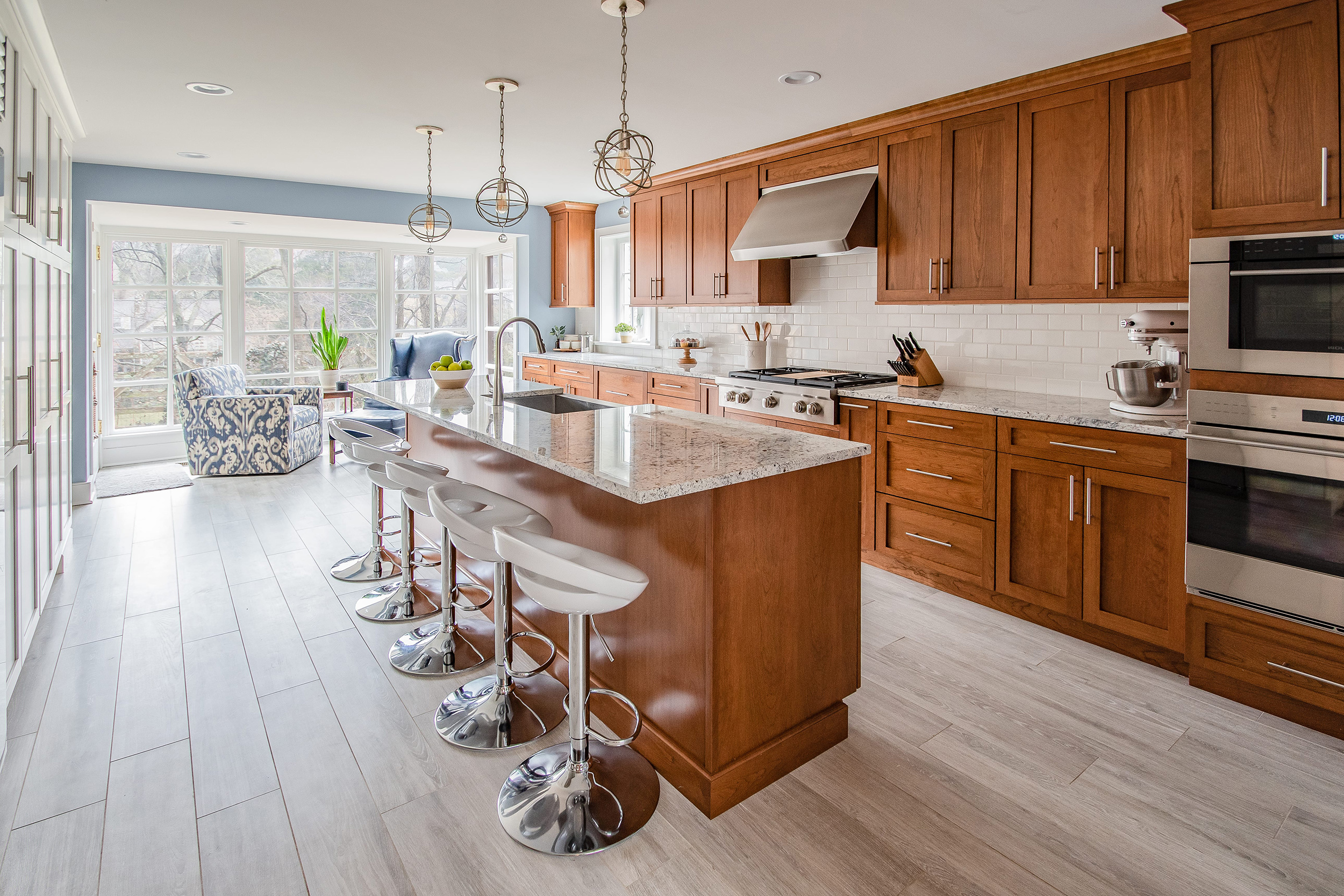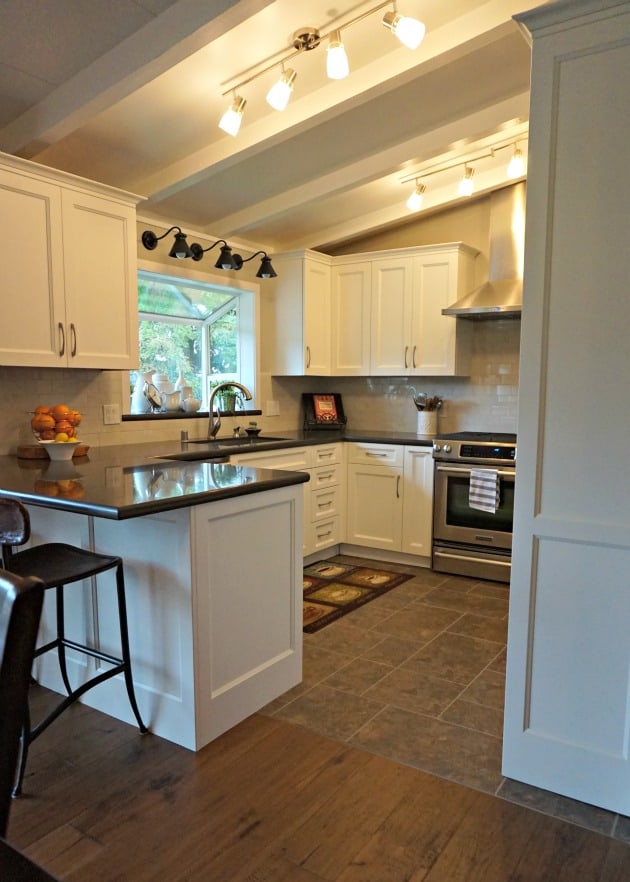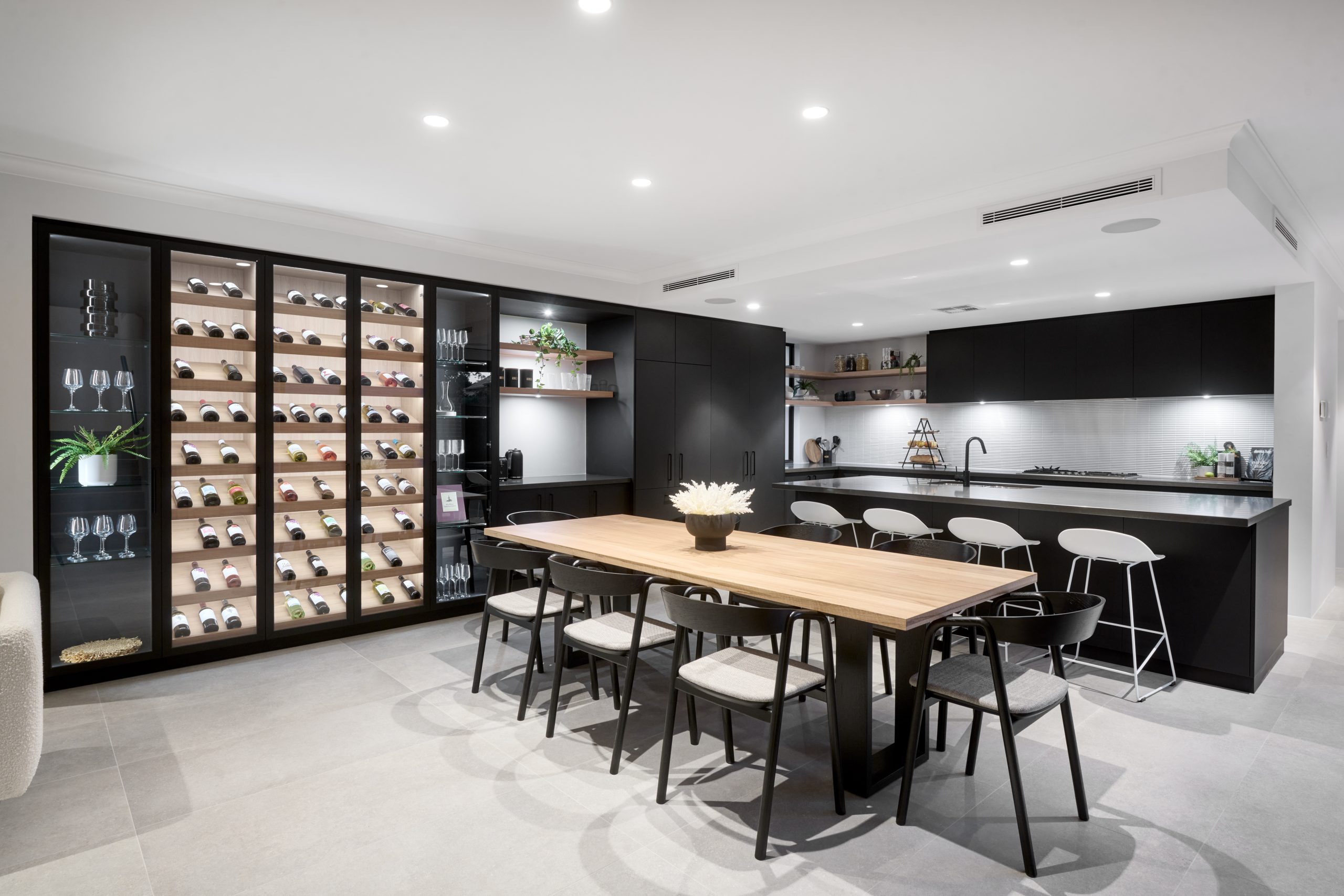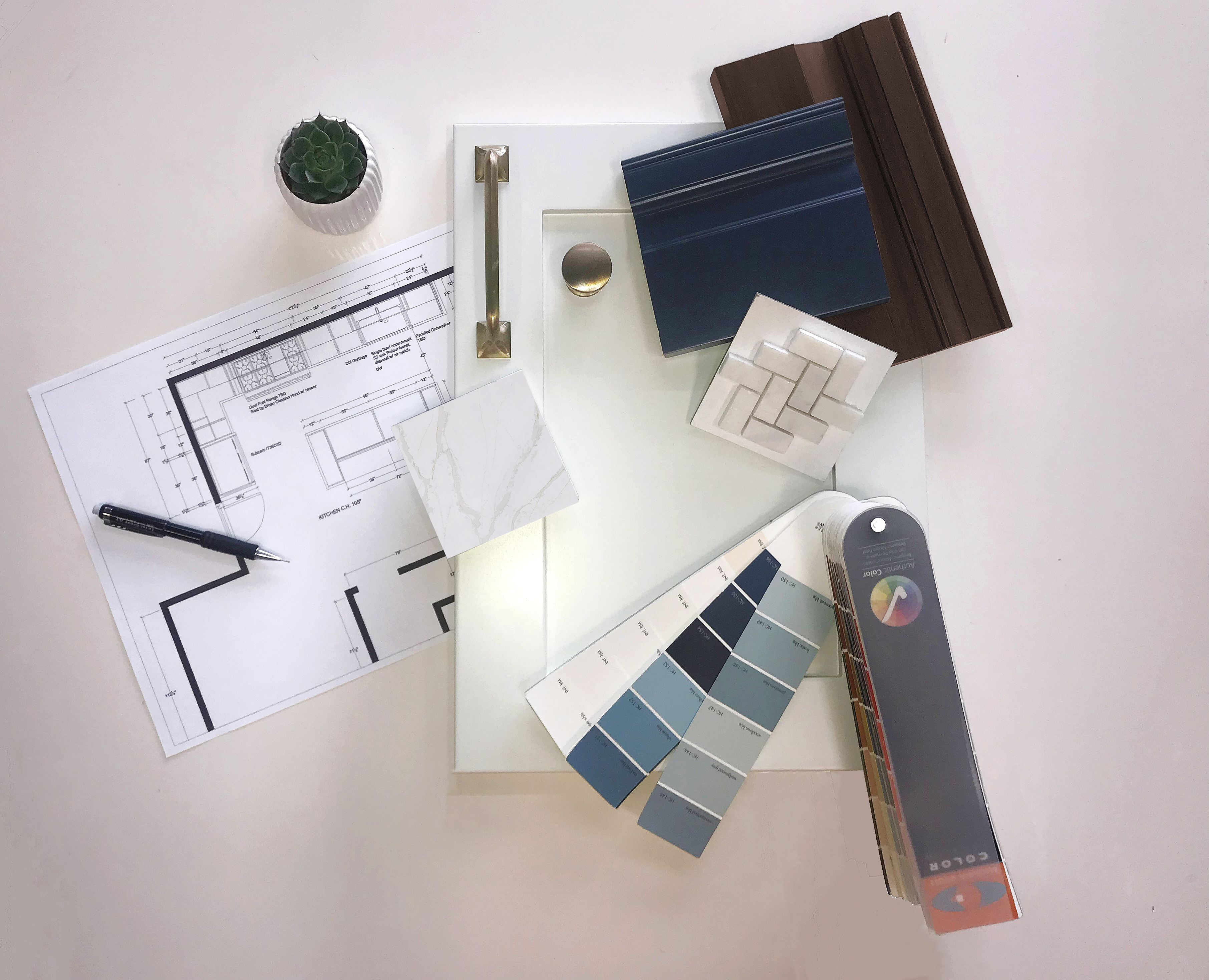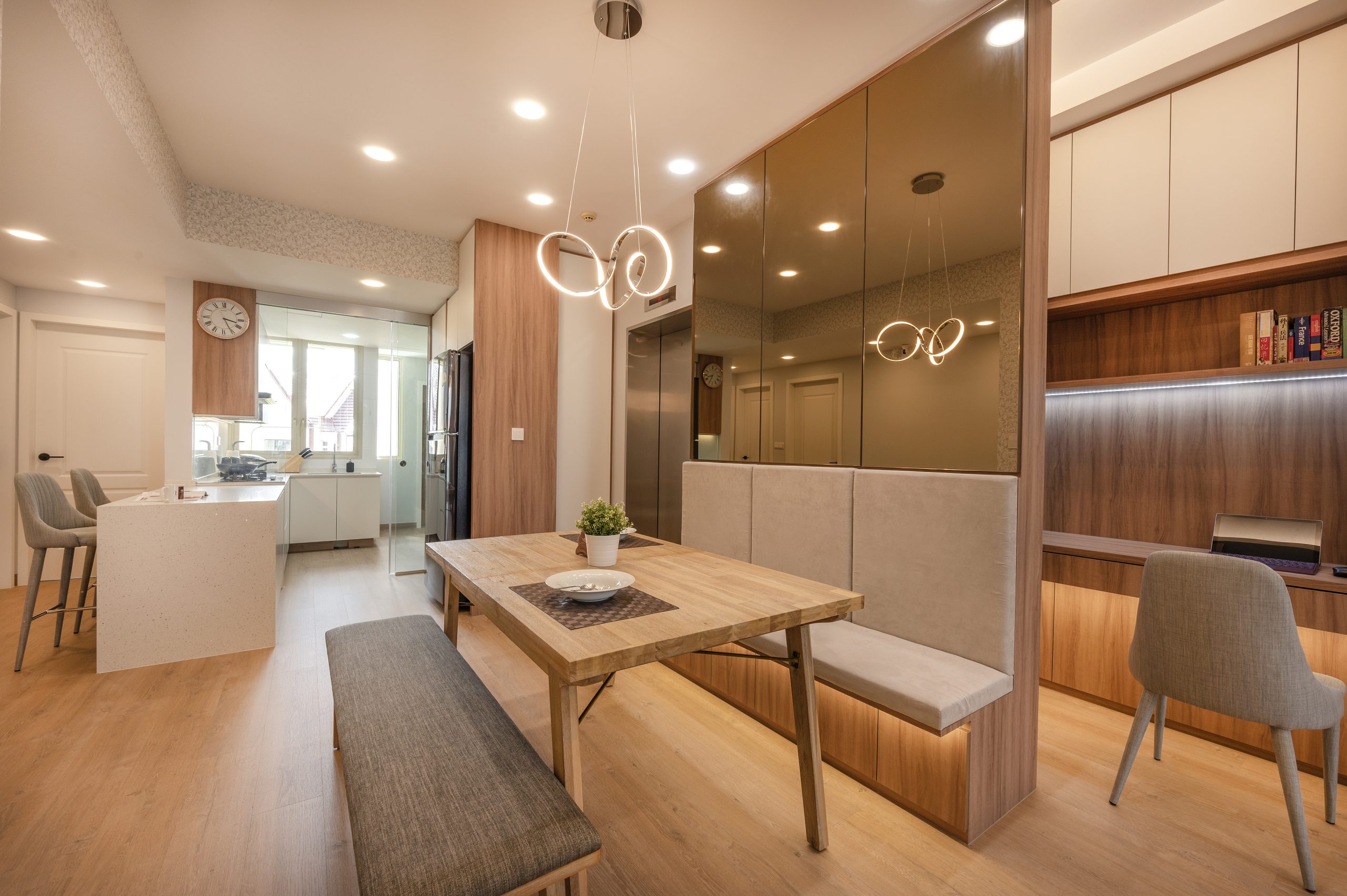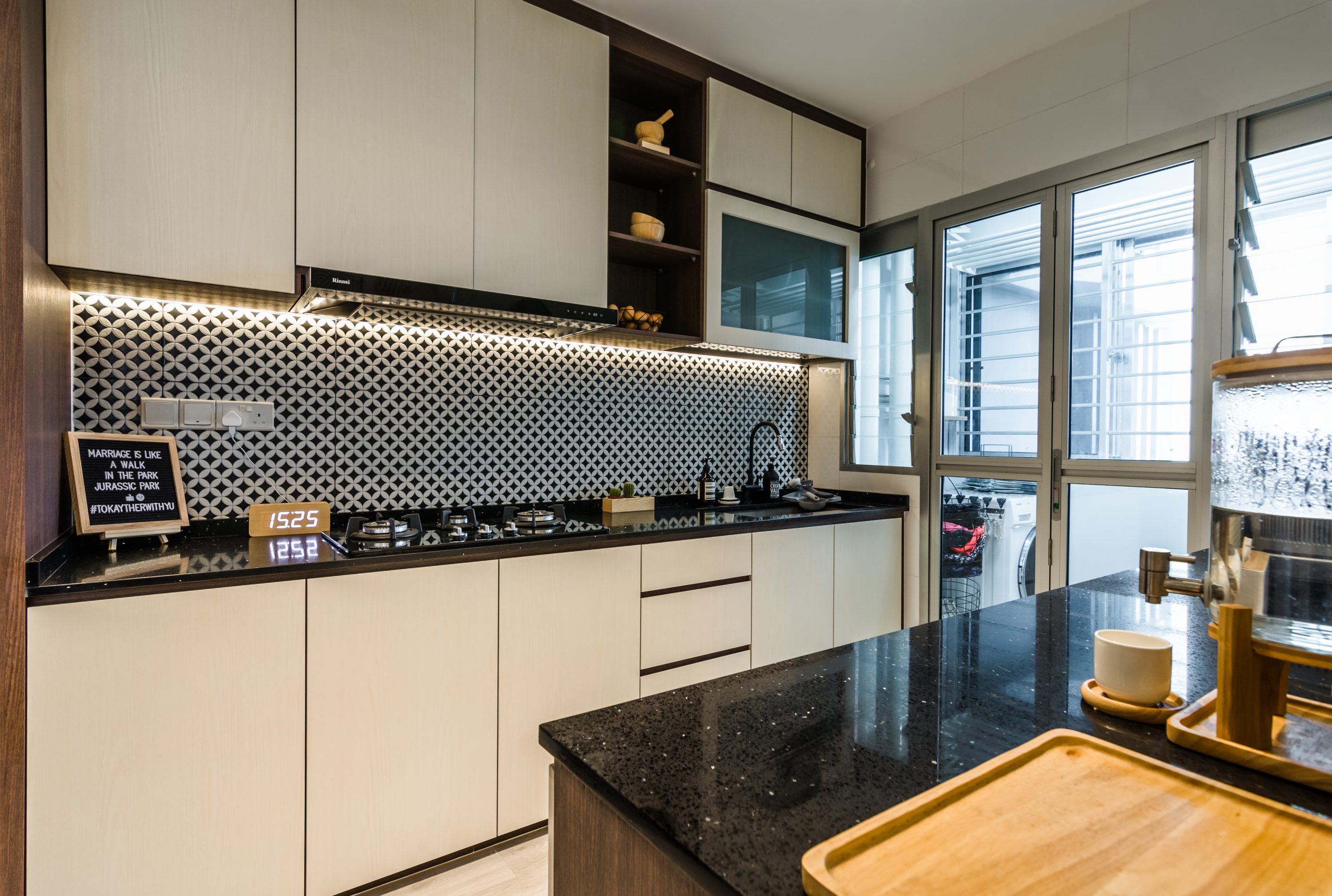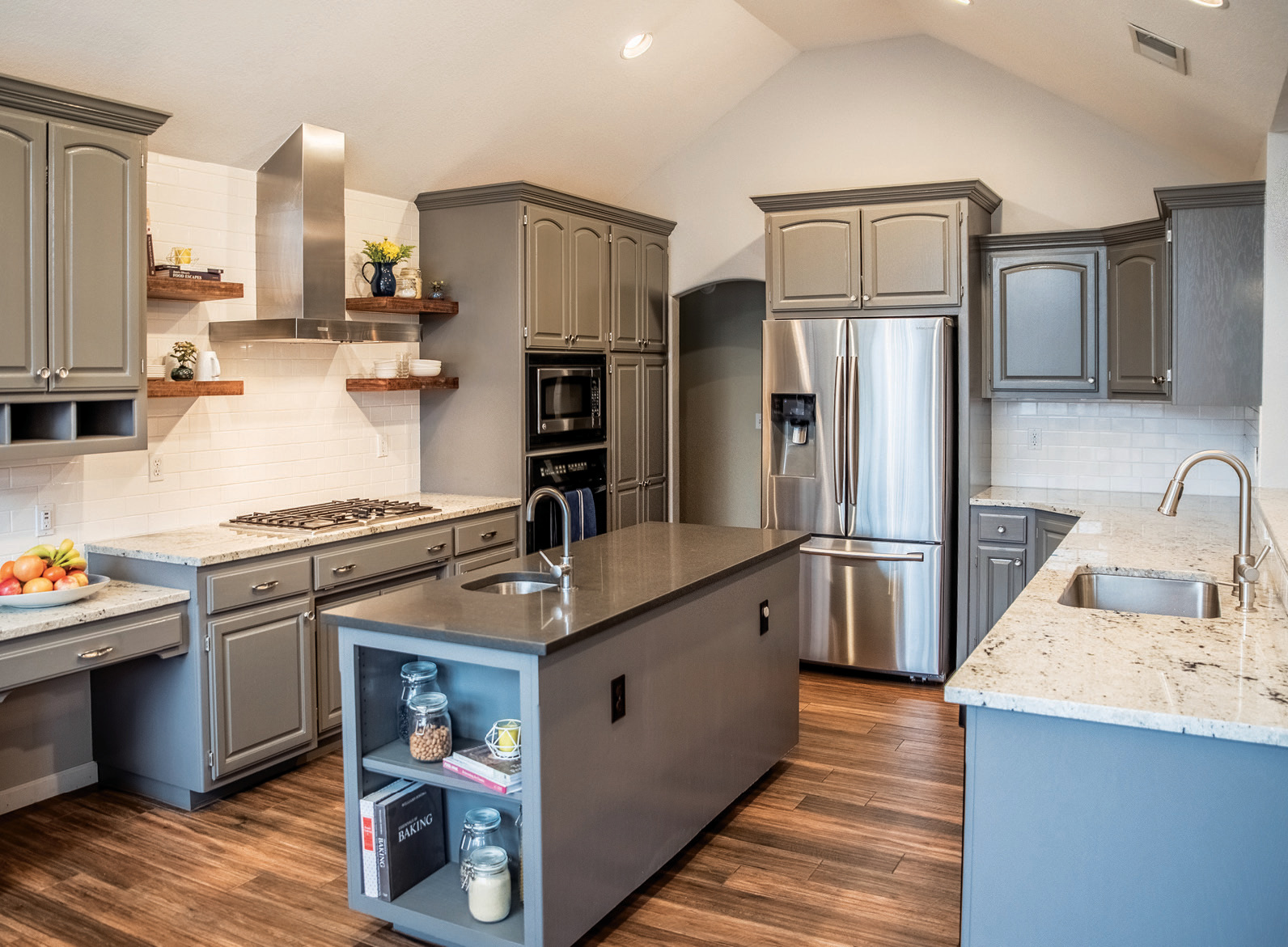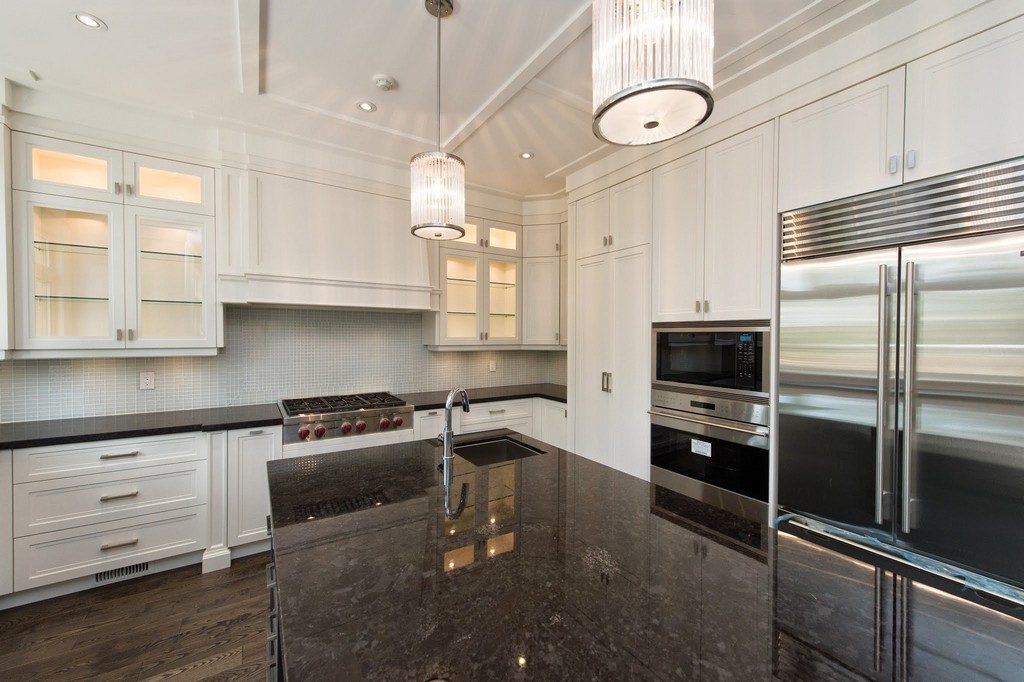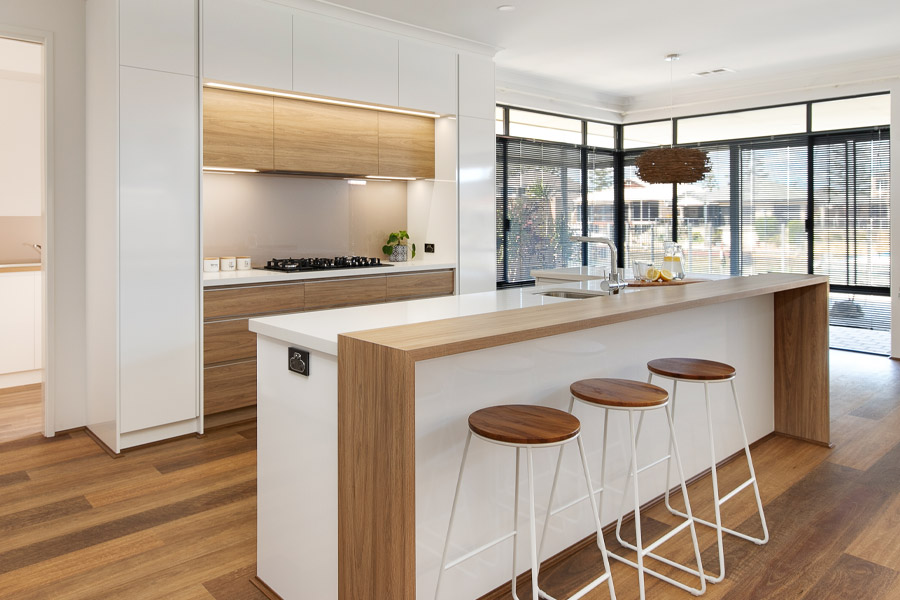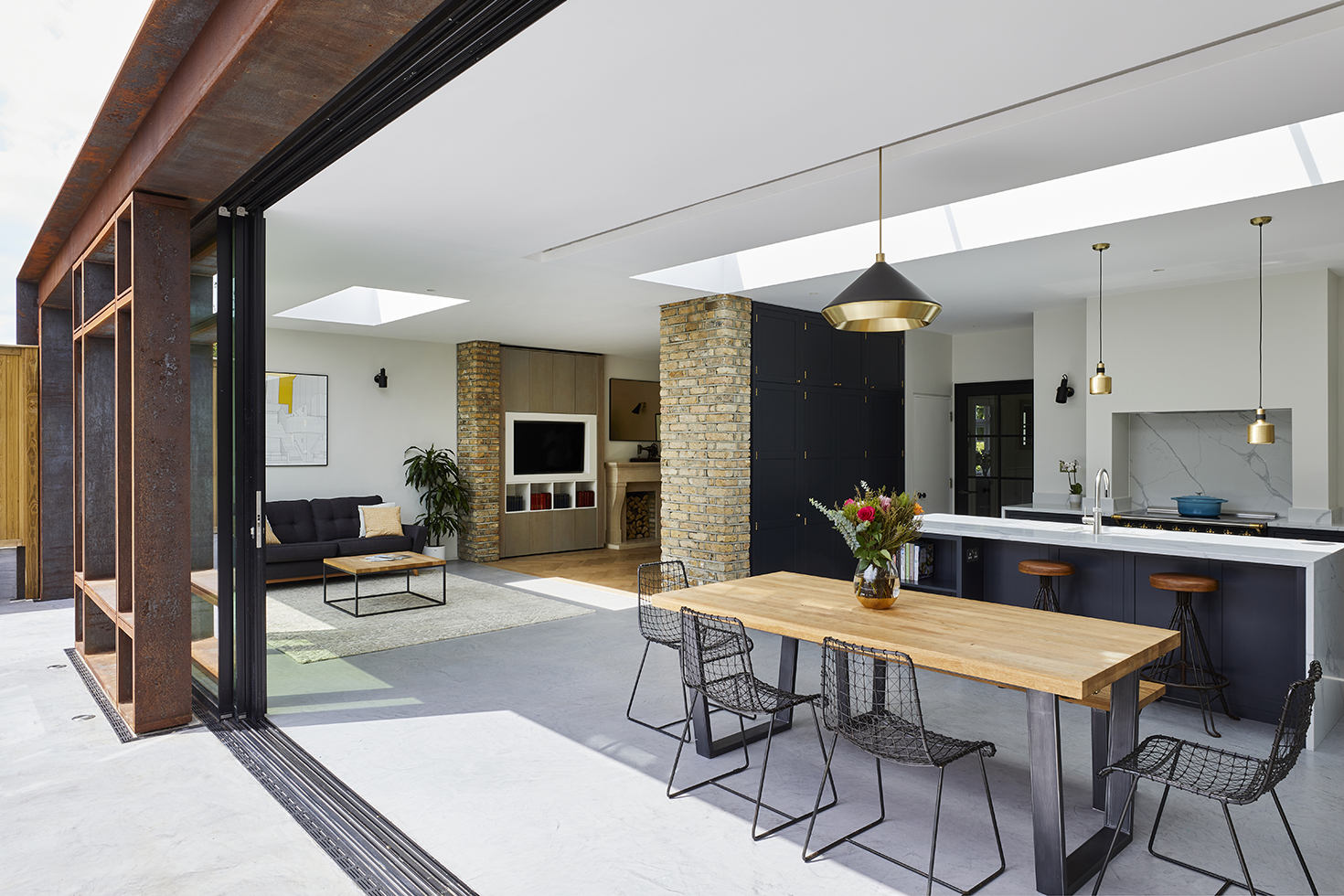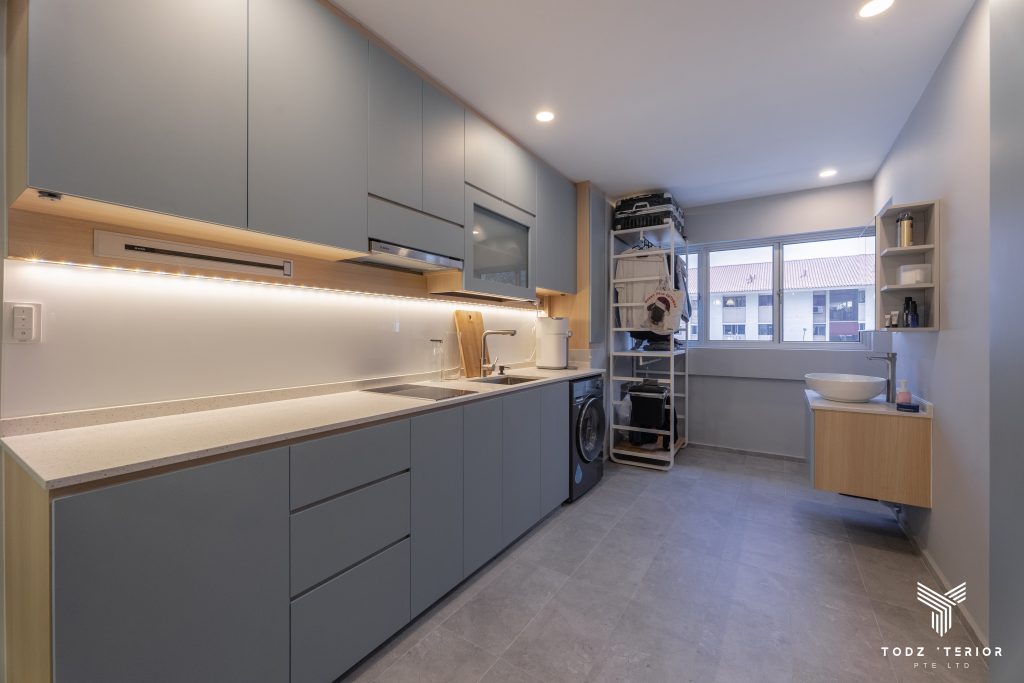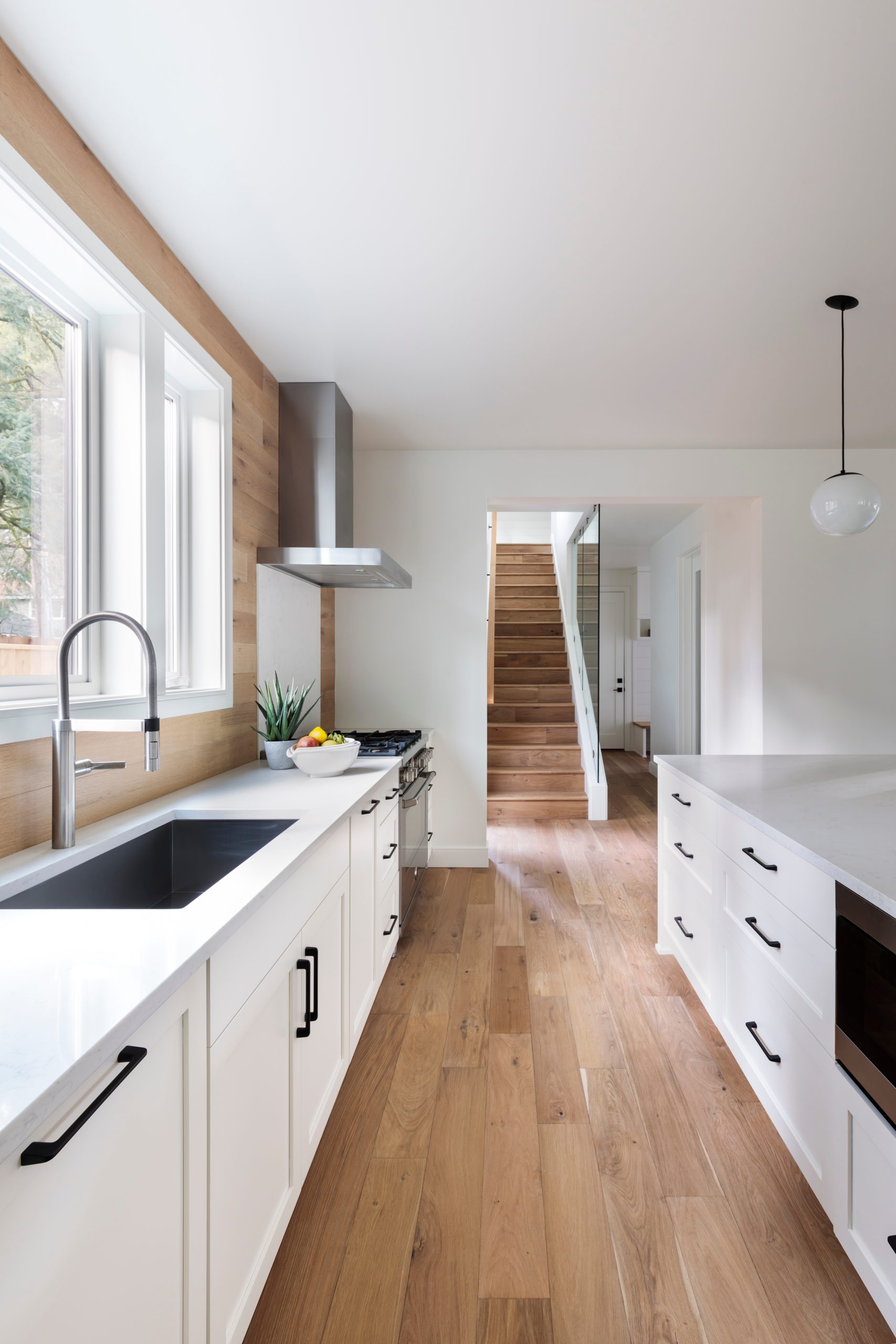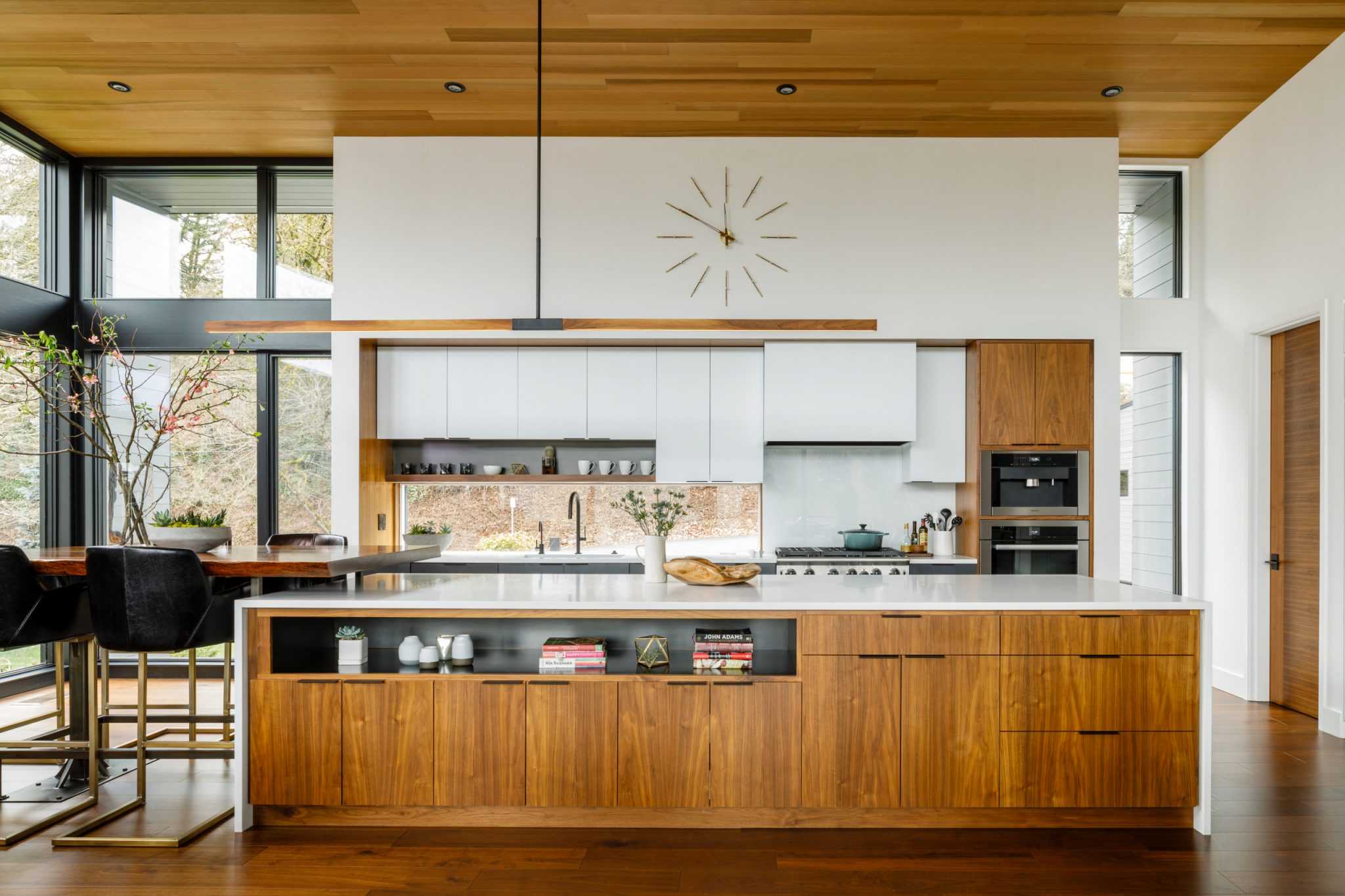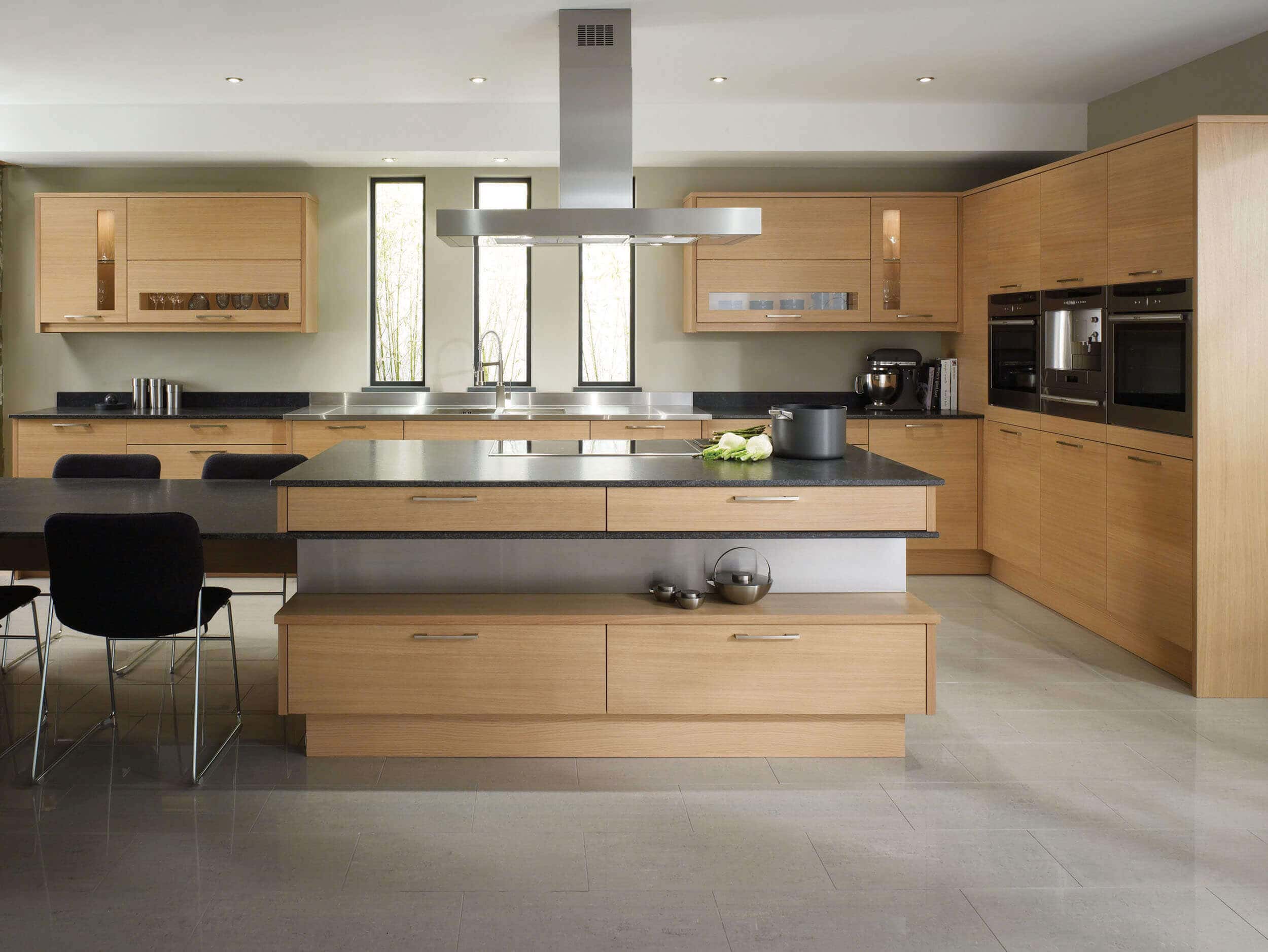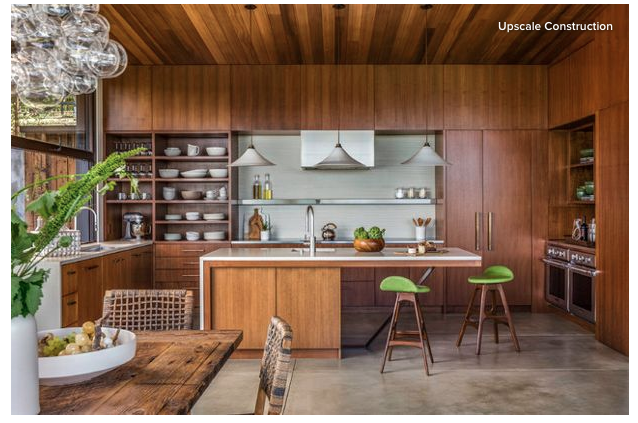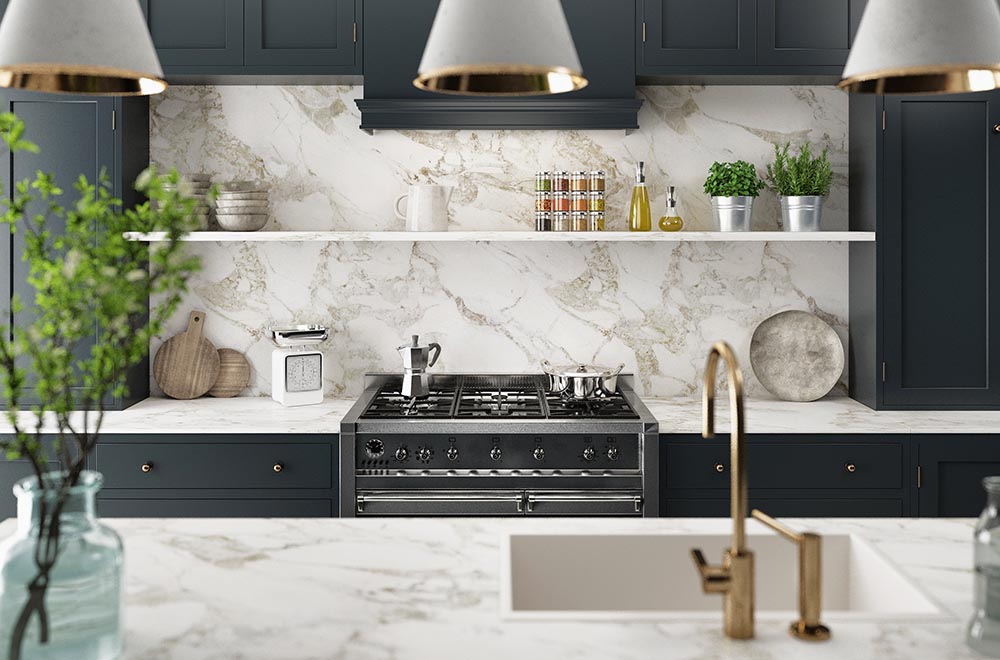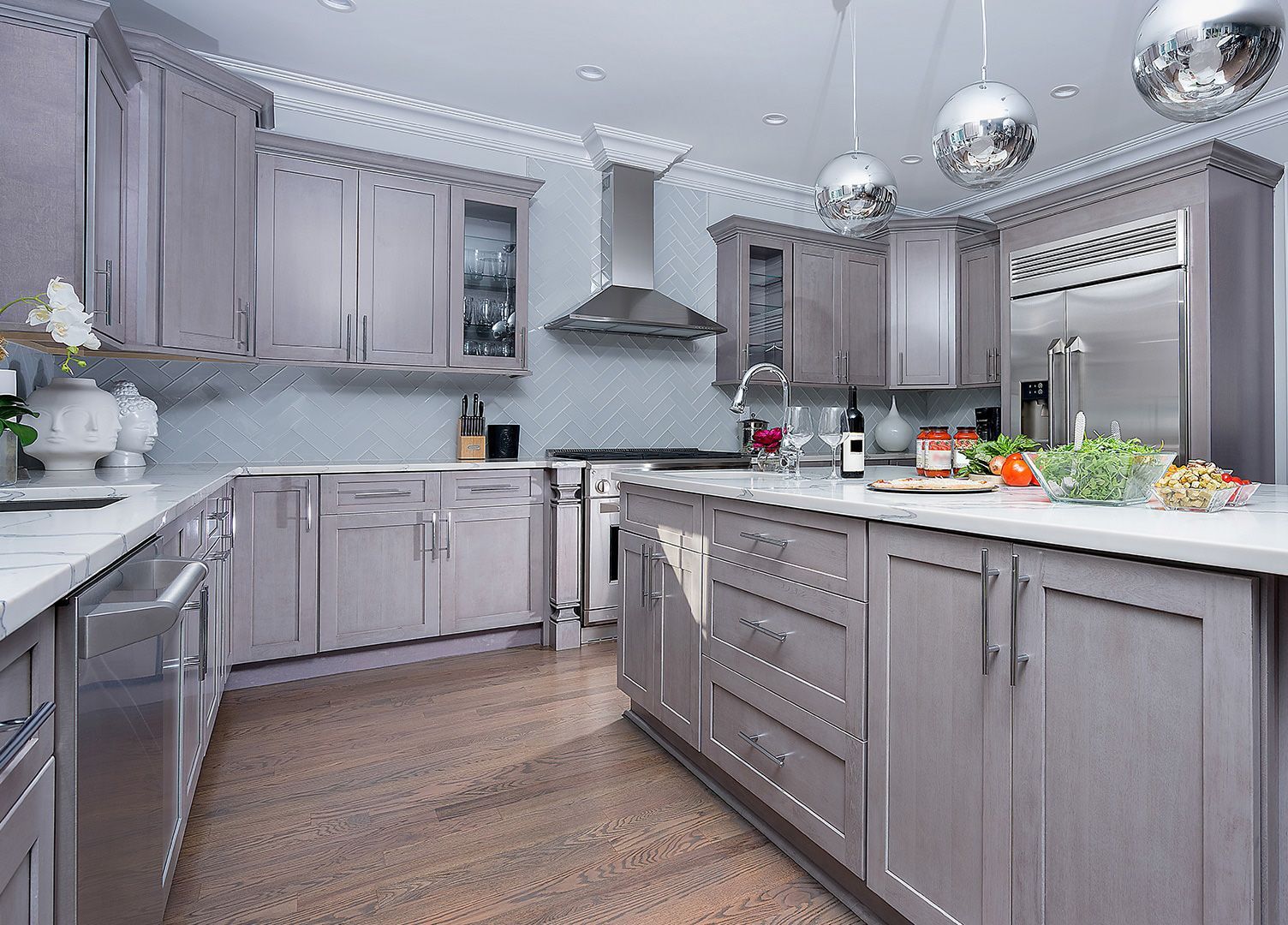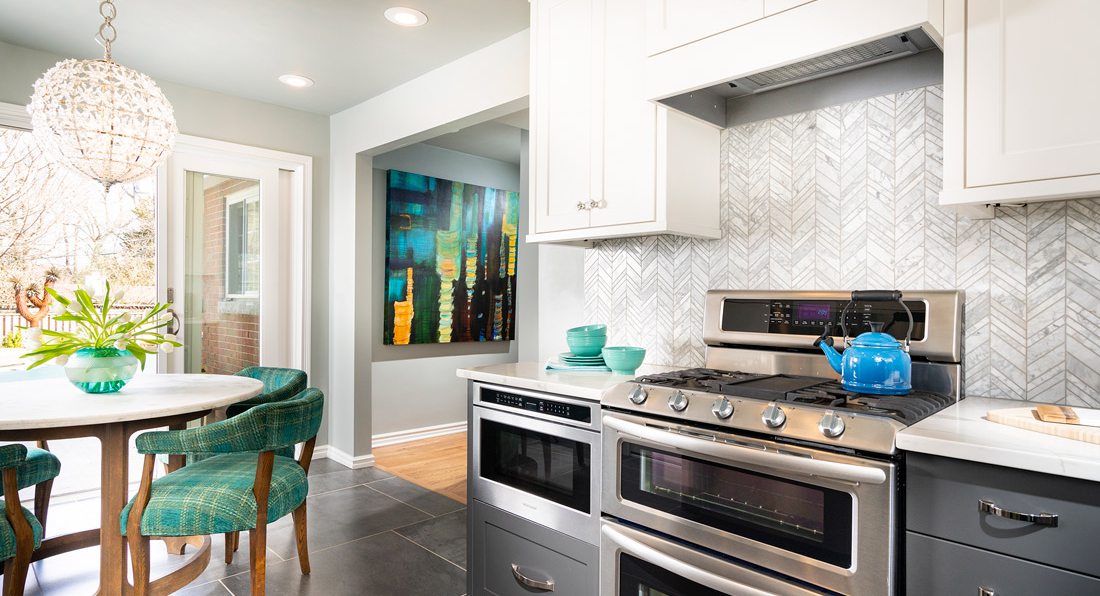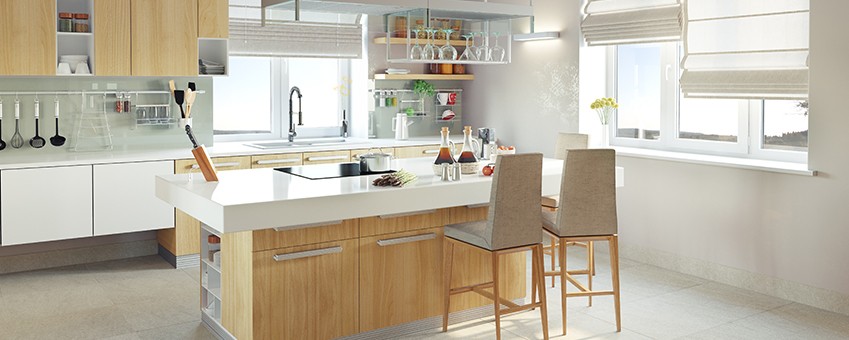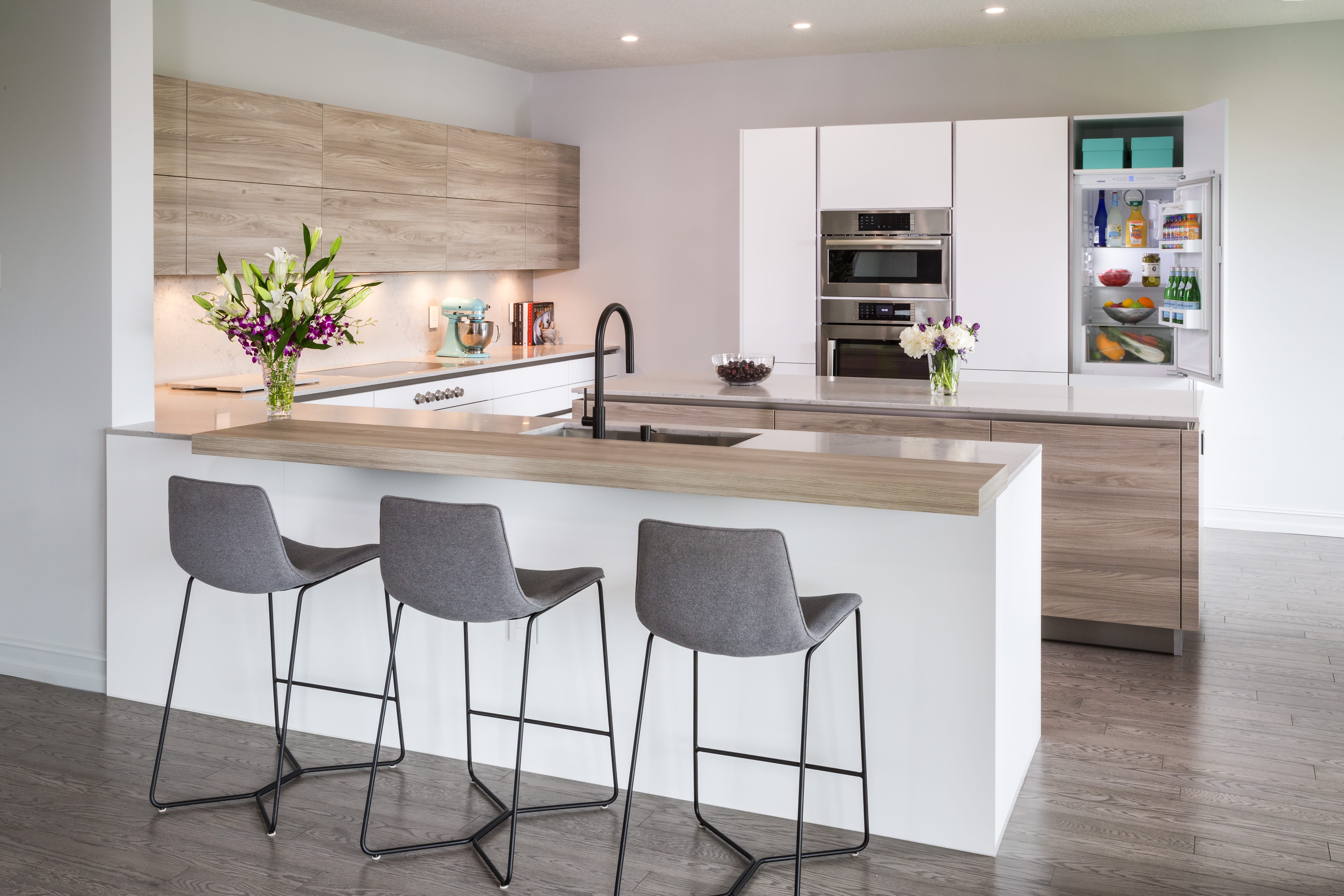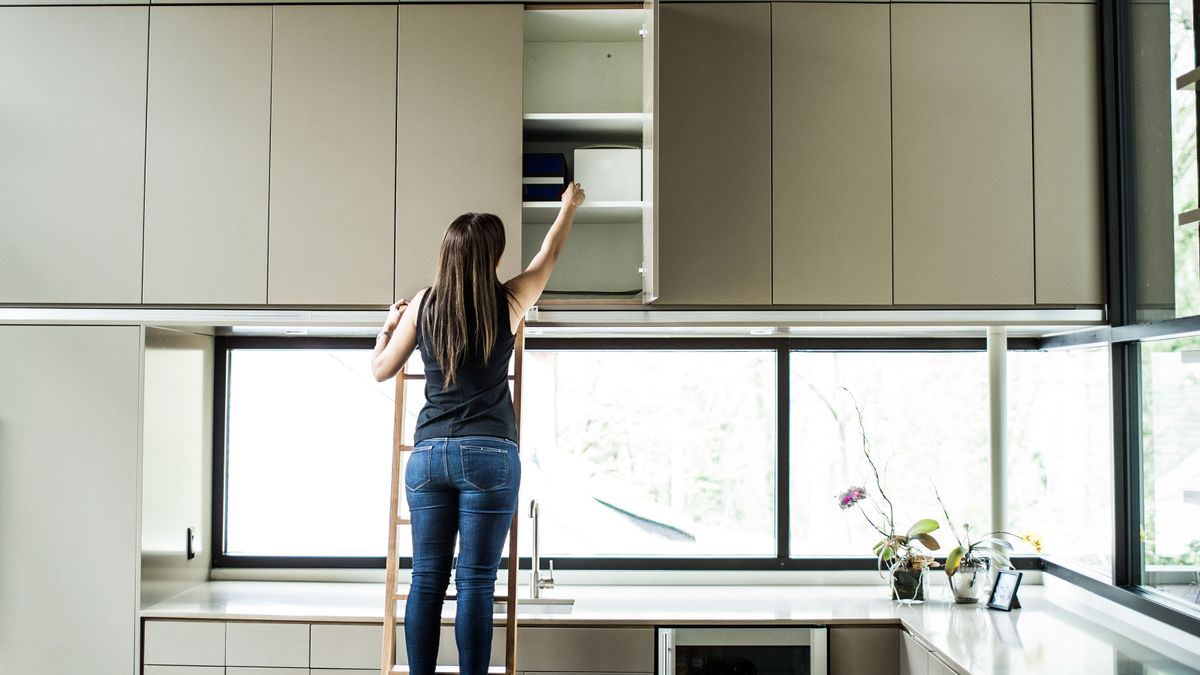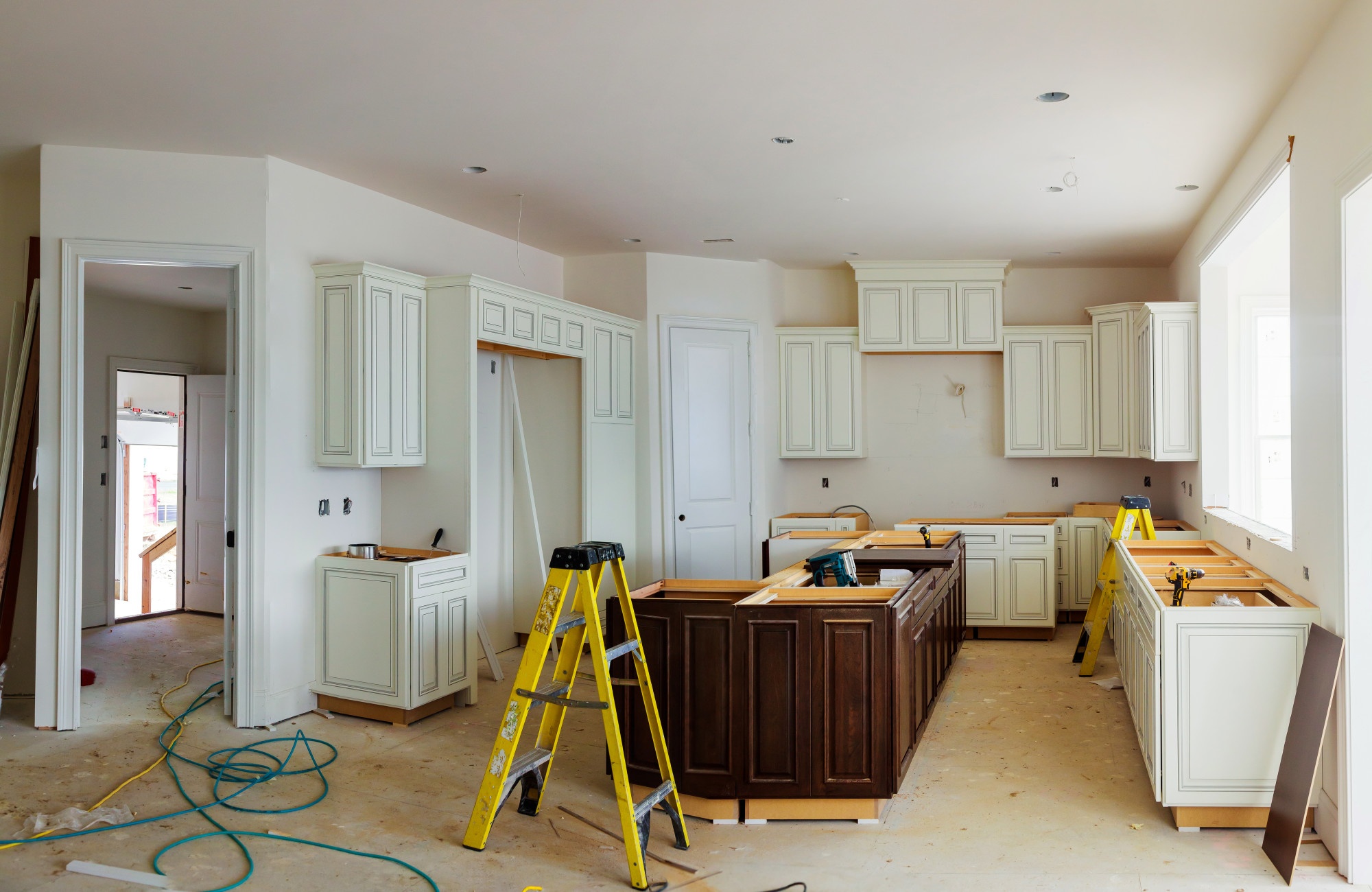Renovating your kitchen can seem like a daunting task, but with the right planning and design process, it can be a smooth and exciting journey. Before you start tearing down walls and picking out appliances, it's important to have a clear vision for your kitchen renovation. This includes setting a budget, determining your needs and wants, and considering the overall style and functionality of your space. One tip for planning your kitchen renovation is to create a list of must-haves and nice-to-haves. This will help you prioritize your budget and make decisions when it comes to choosing materials and finishes. It's also important to consider the layout and flow of your kitchen, as this can greatly impact its functionality. Another important aspect of the planning process is finding the right professionals to work with. Whether it's a designer, contractor, or both, make sure to do your research and read reviews before making any commitments. Having a knowledgeable and experienced team by your side can make all the difference in the success of your renovation. 1. Planning Your Kitchen Renovation: Design Process and Tips
Now that you have a solid plan in place, it's time to prepare for the actual renovation process. This may include packing up your current kitchen, setting up a temporary cooking and dining area, and scheduling a timeline with your contractors. It's important to communicate with your team and have a clear understanding of what will be happening each day during the renovation. During this time, you may also want to start researching and purchasing your appliances, cabinets, and other materials. It's important to consider the lead time for these items, as well as the delivery and installation process. This can help you stay on track and avoid any delays in your renovation. It's also a good idea to have a contingency plan in case any unexpected issues arise during the renovation. This can include having extra funds set aside or having a backup plan for cooking and dining if needed. Being prepared for any challenges can help make the process smoother and less stressful. 2. The Kitchen Renovation Process: What to Expect and How to Prepare
Once the planning and preparation stages are complete, it's time to dive into the design process. This is where you can get creative and truly make your dream kitchen a reality. Start by gathering inspiration from magazines, websites, and even social media platforms like Pinterest. This can help you determine your preferred style, color scheme, and overall aesthetic for your kitchen. The next step is to work with your designer or contractor to create a detailed plan and layout for your kitchen. This may include 3D renderings to help you visualize the space and make any necessary adjustments. It's important to take your time during this stage and make sure everything is exactly how you want it before moving forward with the renovation. Once the design is finalized, the ordering and installation process can begin. Your team will work together to bring your vision to life, making sure to stay within your budget and timeline. It's important to stay in communication with your team during this stage and address any concerns or changes that may arise. 3. Kitchen Design Process: Step by Step Guide for Your Renovation
Designing a kitchen renovation can be overwhelming, but with this ultimate guide, you'll have all the information you need to create the kitchen of your dreams. From planning and prep to the design and installation process, this guide covers all the important steps to ensure a successful and stress-free renovation. It also includes tips and tricks from industry professionals to help you make the most out of your space and budget. Whether you're looking for a modern and sleek kitchen or a cozy and traditional one, this guide has got you covered. It also includes a checklist to help you stay organized and on track during each stage of the renovation process. With this guide, you'll have all the tools you need to create a beautiful and functional kitchen that you'll love for years to come. 4. The Ultimate Guide to Kitchen Renovation Design
One of the most exciting parts of a kitchen renovation is finding inspiration and ideas for your project. With so many styles, colors, and materials to choose from, the possibilities are endless. Whether you're looking for a bold and colorful kitchen or a more neutral and subtle one, there are plenty of ideas out there to help you bring your vision to life. Some popular kitchen design trends include open shelving, mixed materials, and statement lighting. You can also get creative with your layout by incorporating a kitchen island or adding a breakfast nook. Don't be afraid to mix and match different elements to create a unique and personalized space. Remember, the key to a successful kitchen renovation is to stay true to your personal style and needs. Don't be swayed by trends or fads, and make sure to prioritize functionality and practicality in your design. 5. Kitchen Renovation Design: Ideas and Inspiration for Your Project
Functionality is just as important as style when it comes to designing your kitchen renovation. After all, this is a space where you'll be cooking, eating, and spending time with loved ones. It needs to be practical and efficient in order to make your daily routine easier. One way to achieve both functionality and style is by incorporating smart storage solutions. This can include pull-out shelves, built-in spice racks, and hidden compartments to maximize your space. Another way to add both function and style is by choosing durable and easy to clean materials for your countertops and flooring. Remember to also consider the placement of your appliances and work areas. You want to make sure your kitchen is not only aesthetically pleasing but also easy to navigate and use. 6. How to Create a Functional and Stylish Kitchen Design for Your Renovation
We can't stress enough the importance of planning in the kitchen renovation design process. Without a solid plan in place, you may end up going over budget, experiencing delays, or ending up with a kitchen that doesn't meet your needs. Planning allows you to establish a clear vision, set a budget, and make informed decisions. It also helps you stay organized and on track during the renovation. Another benefit of planning is that it allows you to explore different options and make changes before any work has started. This can save you time and money in the long run. It also gives you a chance to communicate your ideas and expectations with your team, ensuring everyone is on the same page. 7. The Importance of Planning in the Kitchen Renovation Design Process
Many homeowners struggle with limited space in their kitchen, but with the right design, you can maximize every square inch. One tip for maximizing space is to use vertical storage options, such as tall cabinets or shelves. This allows you to utilize the height of your kitchen and free up counter space. Another tip is to incorporate multitasking elements, such as a kitchen island with built-in storage or a dining table with hidden compartments. This allows you to make the most out of your space without sacrificing functionality. And don't forget about utilizing the space above your cabinets for extra storage or display space. 8. Kitchen Renovation Design: Tips for Maximizing Space and Storage
Many homeowners may wonder if hiring a designer is necessary for their kitchen renovation. While it may seem like an added expense, a designer can actually save you time, money, and stress in the long run. They are trained professionals with knowledge and experience in creating functional and beautiful spaces. A designer can help you with everything from creating a cohesive design plan to choosing the right materials and finishes. They can also offer valuable advice and solutions for common kitchen renovation challenges. With their expertise, you can feel confident that your kitchen renovation will be a success. 9. The Role of a Designer in the Kitchen Renovation Process
As with any renovation project, there are some common mistakes that homeowners make when designing their kitchen. One of the biggest mistakes is not setting a realistic budget. It's important to be honest with yourself about how much you can afford to spend and stick to it. Another mistake is not considering the functionality of the kitchen. While it may be tempting to choose trendy or decorative elements, make sure they also serve a purpose and make your life easier. And finally, be careful not to overspend on high-end materials and appliances, as they may not necessarily increase the value of your home. By avoiding these mistakes and following a well-planned design process, you can ensure a successful and satisfying kitchen renovation. 10. Kitchen Renovation Design Mistakes to Avoid for a Successful Project
The Importance of Good Kitchen Renovation Design
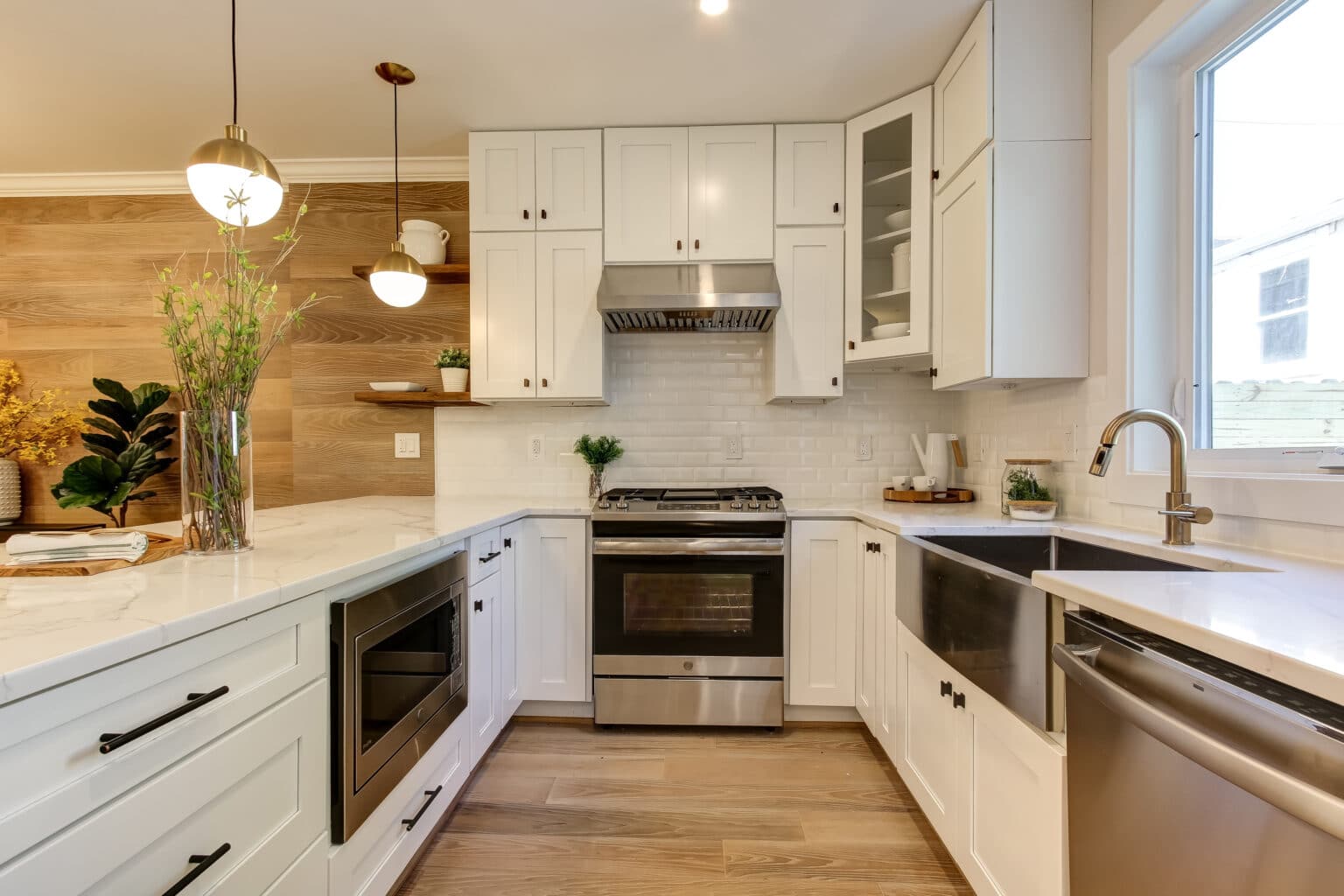
Creating a Functional and Aesthetically Pleasing Space
 A well-designed kitchen is the heart of any home. It is where meals are prepared, shared, and memories are made. That is why it is essential to have a kitchen that not only looks great but also functions efficiently. The kitchen renovation design process is crucial in achieving this goal. With the right design, you can transform your kitchen into a space that is not only aesthetically pleasing but also practical and functional for your daily needs.
A well-designed kitchen is the heart of any home. It is where meals are prepared, shared, and memories are made. That is why it is essential to have a kitchen that not only looks great but also functions efficiently. The kitchen renovation design process is crucial in achieving this goal. With the right design, you can transform your kitchen into a space that is not only aesthetically pleasing but also practical and functional for your daily needs.
Maximizing Space and Storage
 One of the key benefits of a well-thought-out kitchen renovation design is maximizing the available space. By working with a professional designer, you can make the most of your kitchen's layout and optimize every inch of space. This includes clever storage solutions such as pull-out cabinets, built-in shelving, and utilizing vertical space. A good design will ensure that your kitchen is not only beautiful but also clutter-free and organized, making it easier to cook and entertain.
One of the key benefits of a well-thought-out kitchen renovation design is maximizing the available space. By working with a professional designer, you can make the most of your kitchen's layout and optimize every inch of space. This includes clever storage solutions such as pull-out cabinets, built-in shelving, and utilizing vertical space. A good design will ensure that your kitchen is not only beautiful but also clutter-free and organized, making it easier to cook and entertain.
Incorporating Your Personal Style
 The kitchen is often referred to as the heart of the home because it is where families gather and spend time together. Therefore, it is crucial to have a kitchen that reflects your personal style and taste. A professional kitchen renovation designer can help you achieve this by incorporating your preferences and ideas into the design. From choosing the right color scheme to selecting the perfect materials and finishes, a good design will ensure that your kitchen reflects your personality and lifestyle.
The kitchen is often referred to as the heart of the home because it is where families gather and spend time together. Therefore, it is crucial to have a kitchen that reflects your personal style and taste. A professional kitchen renovation designer can help you achieve this by incorporating your preferences and ideas into the design. From choosing the right color scheme to selecting the perfect materials and finishes, a good design will ensure that your kitchen reflects your personality and lifestyle.
Increasing the Value of Your Home
 A well-designed kitchen can significantly increase the value of your home. According to a study by Remodeling Magazine, a minor kitchen remodel can have an average return on investment of 81%. This means that not only will a good kitchen renovation design enhance your daily living experience, but it can also be a smart financial decision in the long run. Whether you plan on selling your home in the future or simply want to increase its value, a well-executed kitchen renovation design can be a worthwhile investment.
A well-designed kitchen can significantly increase the value of your home. According to a study by Remodeling Magazine, a minor kitchen remodel can have an average return on investment of 81%. This means that not only will a good kitchen renovation design enhance your daily living experience, but it can also be a smart financial decision in the long run. Whether you plan on selling your home in the future or simply want to increase its value, a well-executed kitchen renovation design can be a worthwhile investment.
Conclusion
 In conclusion, a good kitchen renovation design is essential in creating a functional, aesthetically pleasing, and personalized space that adds value to your home. By working with a professional designer, you can make the most out of your kitchen, maximize space and storage, incorporate your personal style, and increase the value of your home. So, if you are planning a kitchen renovation, make sure to prioritize the design process to achieve the kitchen of your dreams.
In conclusion, a good kitchen renovation design is essential in creating a functional, aesthetically pleasing, and personalized space that adds value to your home. By working with a professional designer, you can make the most out of your kitchen, maximize space and storage, incorporate your personal style, and increase the value of your home. So, if you are planning a kitchen renovation, make sure to prioritize the design process to achieve the kitchen of your dreams.


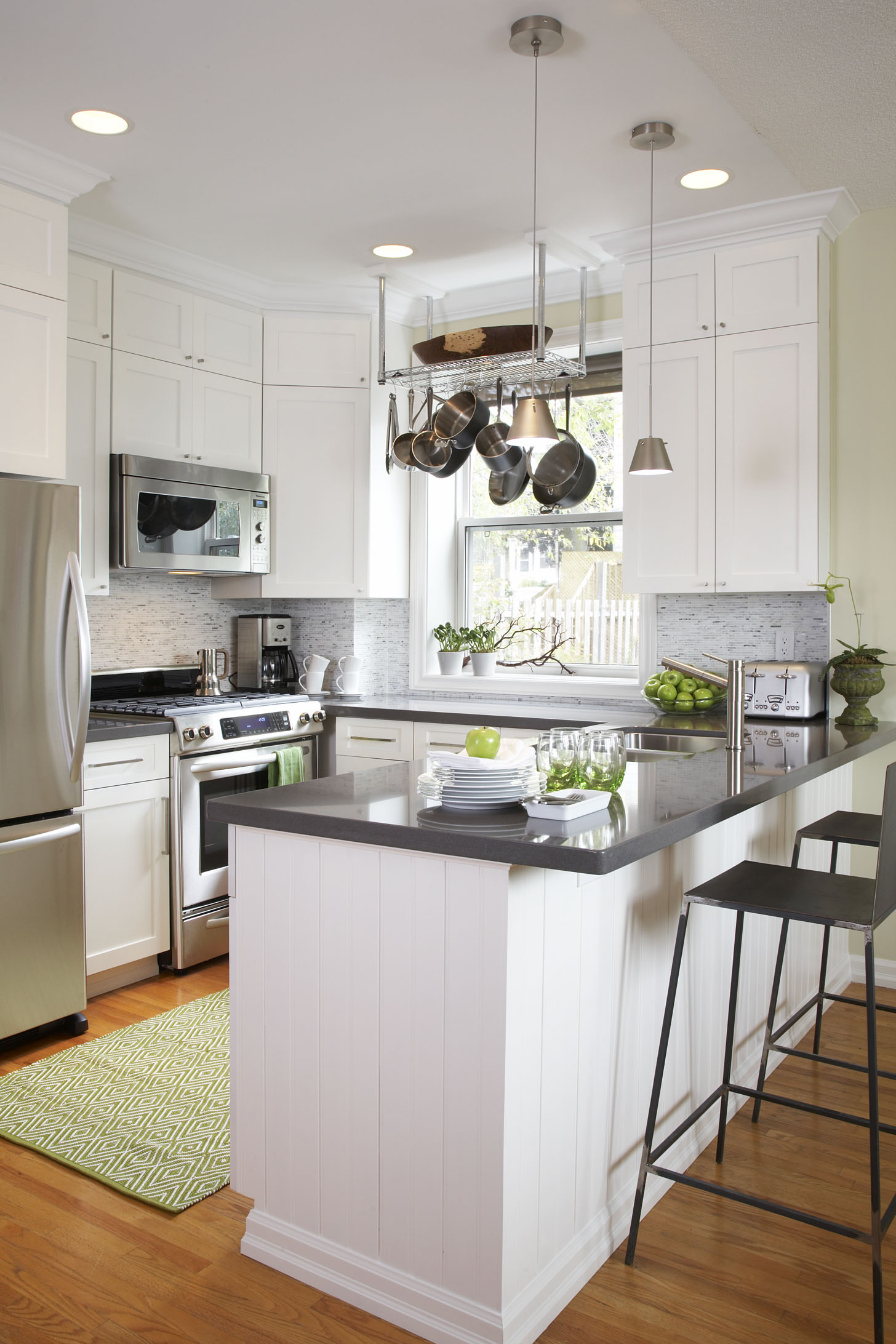
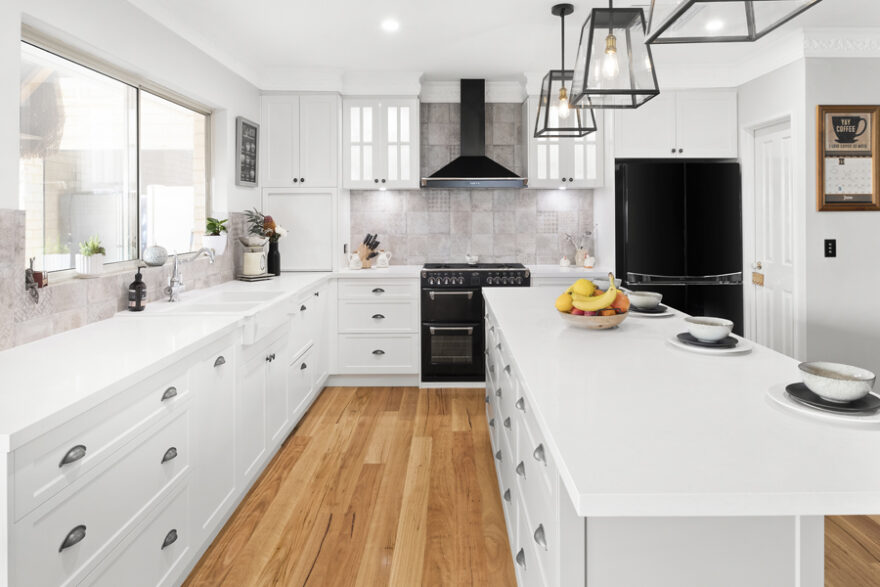
:max_bytes(150000):strip_icc()/helfordln-35-58e07f2960b8494cbbe1d63b9e513f59.jpeg)

